To master the art of storing outdoor cushions, prioritize cleanliness and dryness. Start by using mild soap and warm water for cleaning, followed by thorough air-drying. Store your cushions in dry, ventilated areas like climate-controlled storage units or finished basements, avoiding damp conditions. Utilize breathable fabric storage bags for protection and preserve the shape of the cushions by folding them appropriately. Implement pest control measures such as lavender sachets to maintain freshness. Proper categorization and labeling of stored items facilitate efficient organization and quick access. Discover more ways to enhance the life span and condition of your outdoor cushions, perhaps revealing new approaches to effective storage.
Cleaning and Drying Techniques
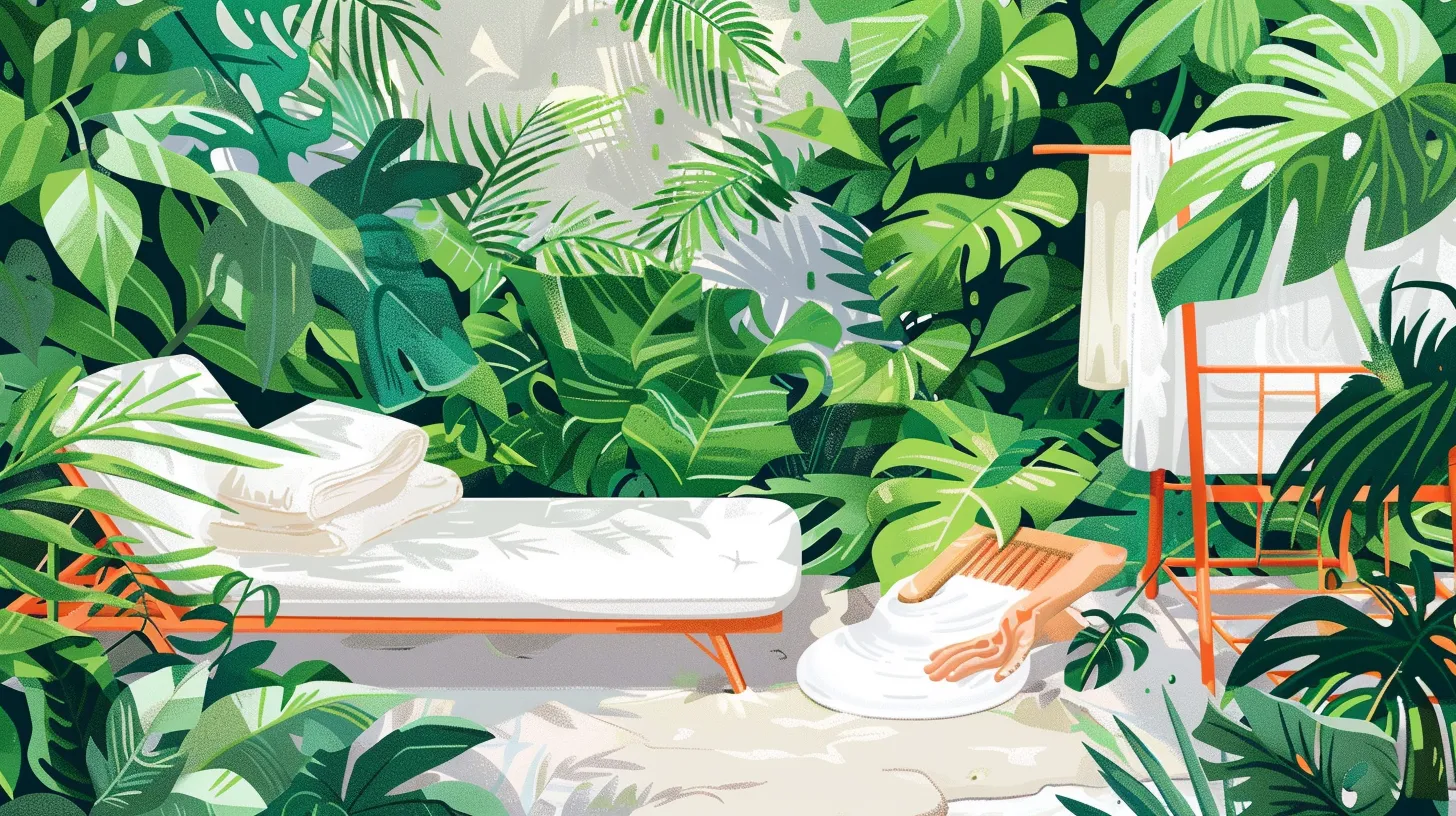
To guarantee the longevity of outdoor cushions, begin by properly cleaning them with mild soap and warm water, followed by a thorough rinse and complete air drying . Implementing this routine not only refreshes the fabric but also greatly reduces the risk of mold and mildew growth, common issues that can degrade cushion materials over time.
After general cleaning, it's important to brush off any loose debris such as leaves, dirt, or crumbs. This preliminary step helps to prevent embedding particles deeper into the fabric during spot cleaning .
For spot cleaning, apply a small amount of mild soap directly to stains and gently scrub with a soft brush , making sure not to damage the fabric. Following the manufacturer's instructions is essential in this step to preserve the material's integrity and color. After spot treatment, rinse the cushions thoroughly with a hose to remove any soap residue.
Allowing the cushions to air dry completely is crucial. Make sure they are entirely free of moisture before storing or using them again. Proper drying prevents any lingering dampness that could promote mold or mildew, ensuring that your outdoor cushions remain pristine and durable for future use.
Selecting Storage Locations
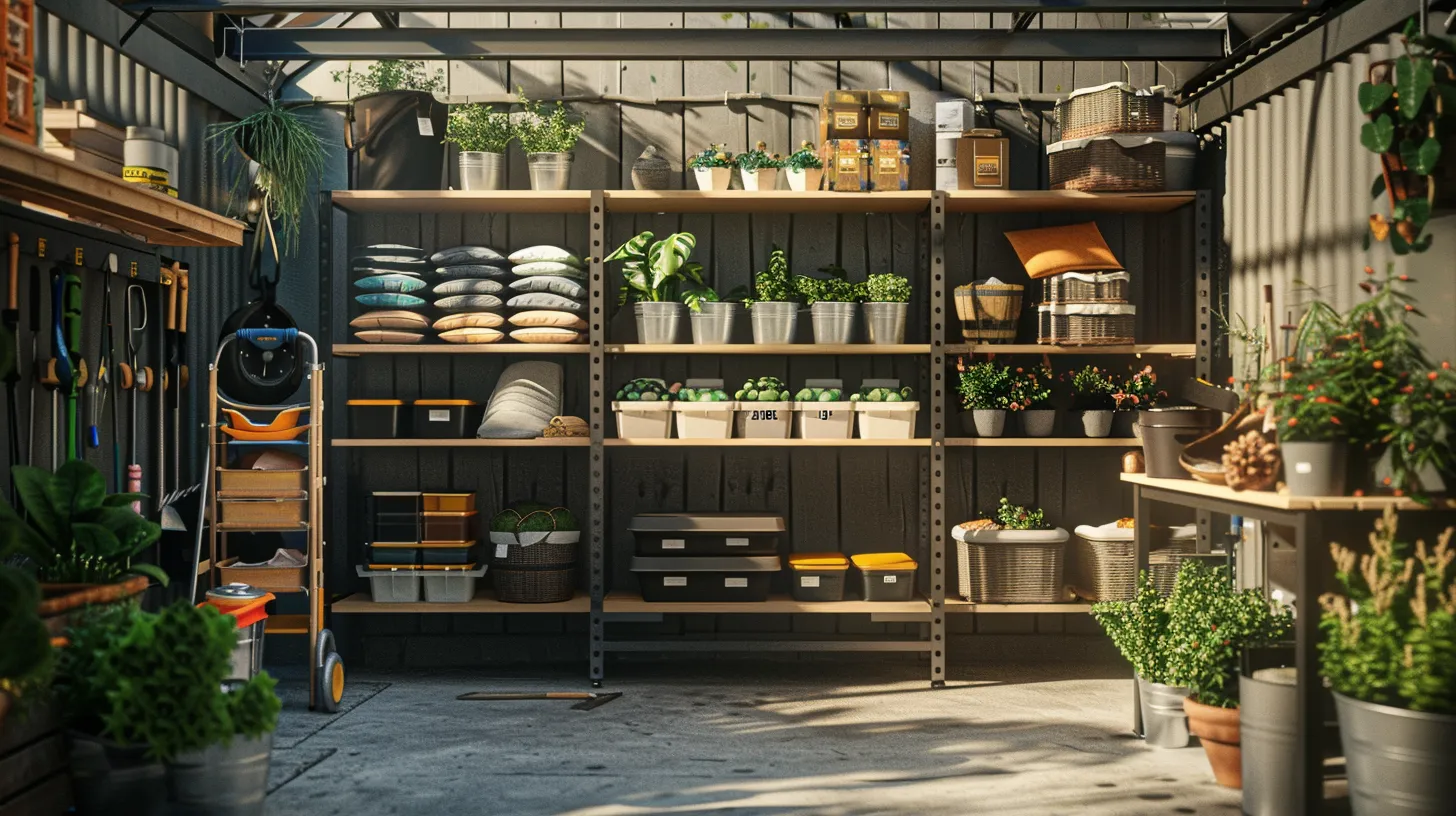
Selecting the appropriate storage location is essential for preserving the condition of outdoor cushions during off-season periods. When choosing a site to store your patio cushions, prioritize dry, well-ventilated areas to prevent the growth of mold and mildew, which can deteriorate fabric quality. Locations like finished basements or climate-controlled storage units offer an ideal environment due to their stable temperature and humidity levels, thereby safeguarding the cushions against moisture and extreme conditions.
It's advisable to avoid any storage areas prone to dampness or fluctuating temperatures , as these can contribute to the accumulation of moisture within the cushion materials. To further protect your cushions, store them elevated on shelves, racks, or pallets, keeping them off direct ground contact which can expose them to moisture and potential mold development.
For additional protection, while optimizing space, consider using breathable fabric storage bags or plastic storage containers that shield cushions from dust, pests, and UV rays. These containers help maintain freshness and fabric integrity over time. If using temporary solutions like heavy-duty trash bags or tarps, make sure they are loosely fitted to allow air circulation , thereby preventing moisture buildup within the storage area.
Cushion Folding Methods
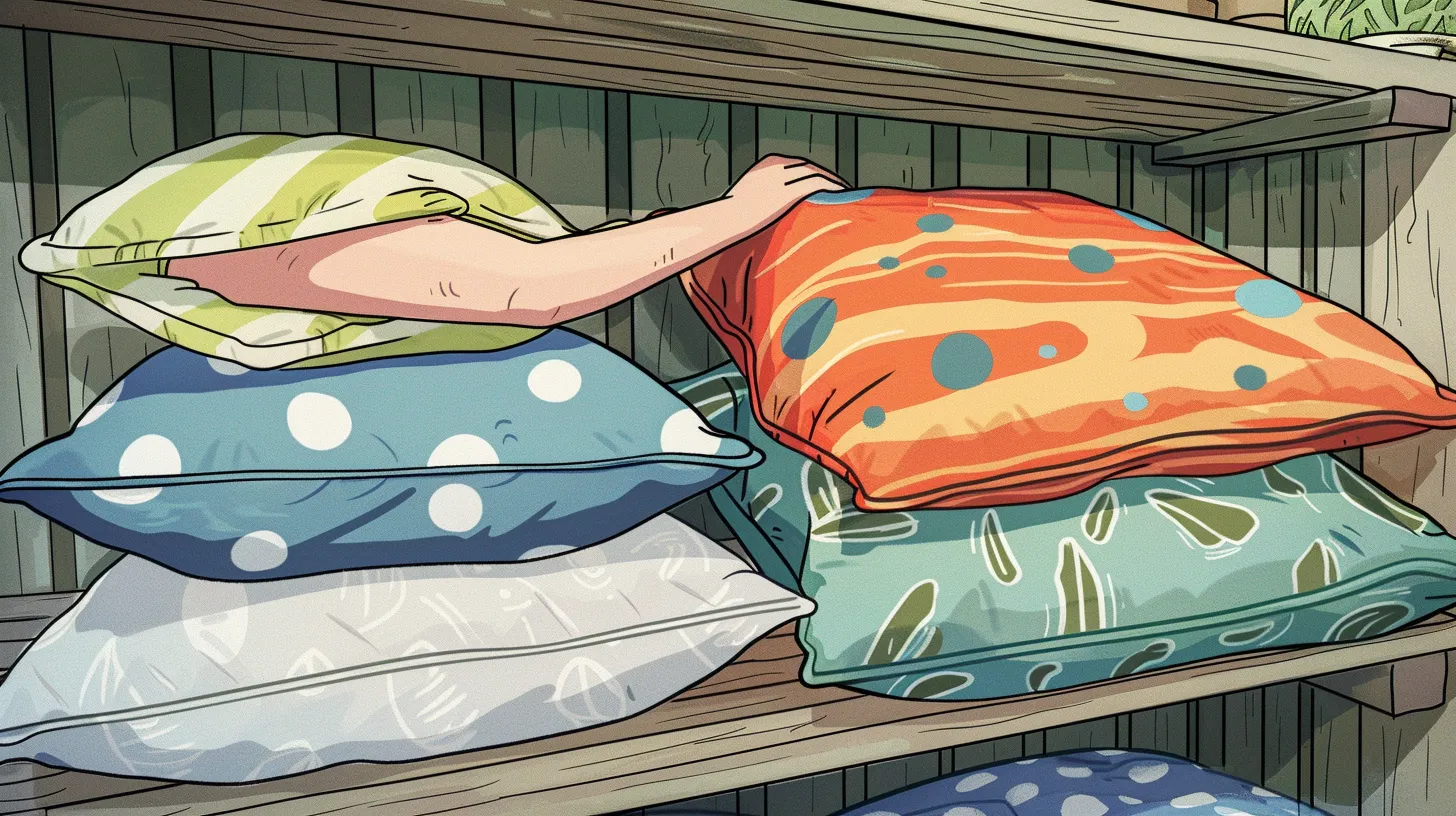
Understanding the proper folding methods for outdoor cushions is crucial for maximizing storage space while maintaining their shape and fabric integrity. For square or rectangular cushions , efficient storage can be achieved by folding them in half lengthwise, then horizontally. This method not only maximizes storage space but also aids in maintaining the cushion's shape for easy retrieval.
Round cushions require a specific approach to guarantee compact storage without compromising their form. The right folding method involves folding them in half to create a semi-circular shape, then again in half. This technique helps maintain the integrity of the material while fitting neatly into storage spaces.
Irregularly shaped cushions present a unique challenge. Proper folding techniques for these items involve preserving their original form as much as possible or adapting the fold into thirds or quarters, depending on their design. This method ensures that the cushions do not lose their shape and are ready for use when next needed.
Utilizing Vacuum Seal Bags

After considering appropriate folding techniques, another effective method for storing outdoor cushions is the use of vacuum seal bags . These innovative bags are not only a key space-saving solution but also enhance the longevity of cushions by providing compact storage . The process involves placing the folded cushions into the bags and using a vacuum to extract the air. This compression greatly reduces the volume of the cushions, making them easier to store in confined spaces.
Vacuum seal bags offer airtight protection , which is essential for preserving the quality of outdoor cushions during off-seasons. By creating a barrier against moisture , dust, and pests, these bags ensure that the cushions remain fresh and clean. The absence of air inside the bags prevents mold and mildew growth , common issues that often degrade outdoor fabrics. Additionally, the protection from pests means that the cushions are safe from potential damage caused by insects and rodents.
Utilizing vacuum seal bags for storing outdoor cushions not only maximizes storage space but also significantly contributes to the cushions' longevity. This method ensures that when the outdoor season rolls around again, your cushions are as vibrant and inviting as they were when stored.
Labeling and Organizing Tips
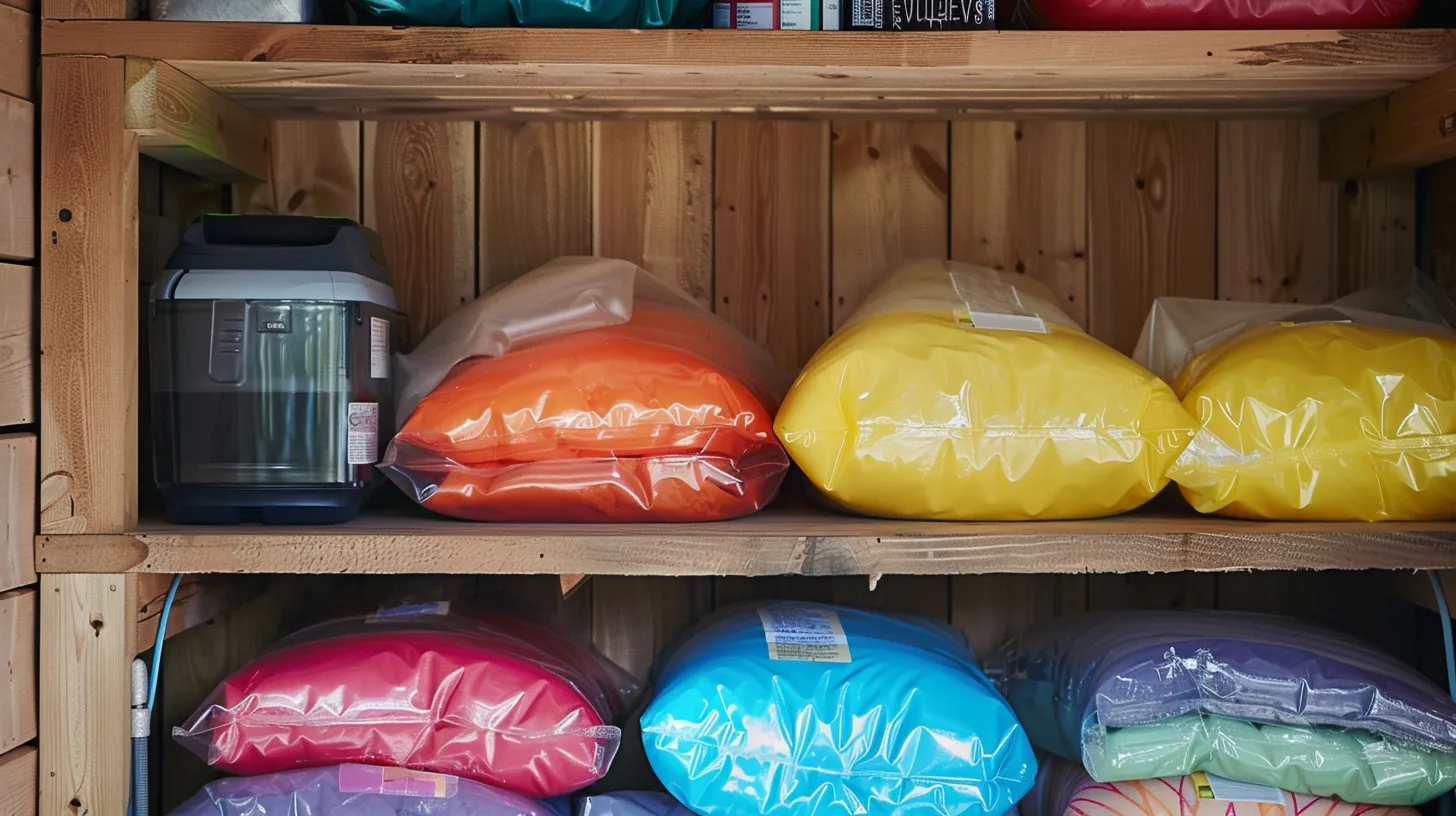
Effective labeling and organizing of stored outdoor cushions can greatly streamline the process of retrieving them for seasonal use. By assigning specific labels based on size, shape, or location, you can guarantee quick identification and retrieval of outdoor patio cushions. Employing color-coded tags further enhances this efficiency, allowing for a visually intuitive categorization system. For example, all cushions from the patio set might bear blue tags, while poolside cushions could have green.
Implementing a numbering system or maintaining an inventory list is another essential method to keep track of cushions stored across various locations. This is particularly valuable when using multiple storage bins , ensuring that no item is misplaced or forgotten. Storage bins equipped with clear windows or externally visible labels play an important role in this organized system. They allow you to quickly locate specific cushions without the need to open and check each bin.
Additionally, creating a storage map or diagram can be invaluable. This visual tool helps pinpoint exactly where each cushion set is stored within your space, significantly reducing the time spent searching. This organized approach not only saves time but also maintains the quality and readiness of your cushions for when they are next needed.
Monitoring and Maintenance
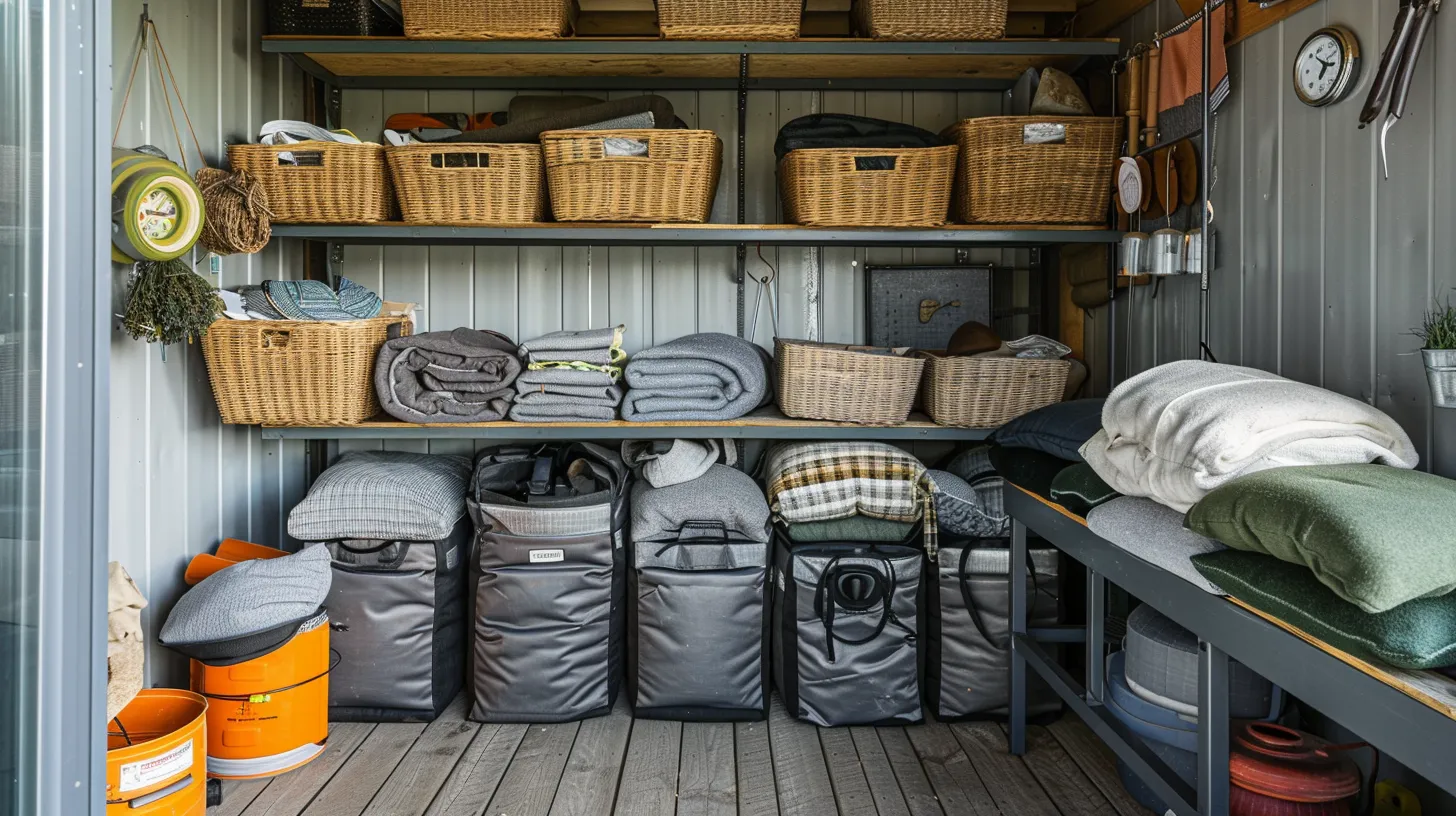
Regular monitoring and maintenance of stored outdoor cushions are important to guarantee their longevity and prevent damage from environmental factors. To effectively store outdoor cushions, use fabric storage bags equipped with moisture-absorbing packets or silica gel packs. These tools help maintain ideal humidity levels within the storage area, greatly reducing the risk of mold and mildew growth. Including lavender sachets or cedar chips can also enhance the freshness and offer additional protection against moisture buildup.
For long-term storage, it is advisable to keep the cushions in a climate-controlled environment . This setting helps in minimizing temperature fluctuations which can degrade fabric integrity over time. Additionally, applying a protective fabric spray before placing cushions in storage can further shield them from environmental damages and extend their usability.
Implement a rotation schedule for the cushions when they are in use, to ensure even wear and prevent concentrated areas of stress. Regularly inspect the cushions for any signs of moisture or deterioration and address these issues promptly to preserve their condition. Protective covers should be considered not only when the cushions are in use but also when they are stored, to provide an extra layer of defense against potential damage.
Pest Prevention Strategies
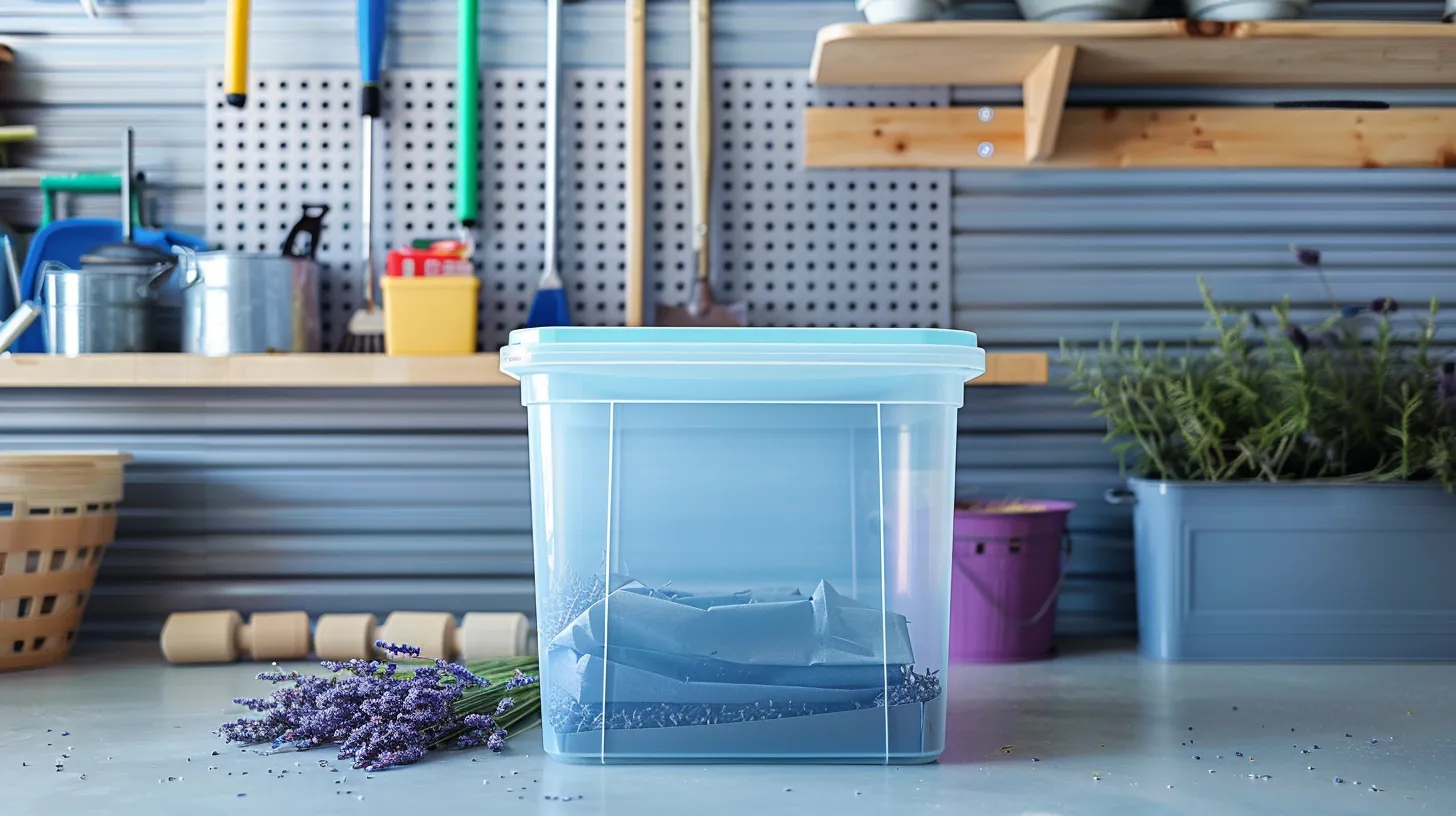
In addition to maintaining ideal storage conditions , implementing pest prevention strategies is essential for protecting outdoor cushions from infestations. Effective pest management not only helps in preserving the quality of the cushions but also guarantees their longevity. One effective approach is to use natural deterrents ; placing cedar chips or lavender sachets among the cushions can deter pests naturally without the use of harsh chemicals.
Regularly inspect storage areas for signs of infestation such as droppings, gnaw marks, or holes. This proactive inspection helps in early detection and can prevent infestations from becoming severe. Storing cushions in sealed containers or protective bags is another critical strategy. These barriers keep pests out and also aid in maintaining the cushion's quality by protecting against dust and moisture.
Elevating cushions at least six inches off the ground can further deter pests and promote airflow maintenance , which is essential for keeping the cushions fresh. Additionally, during seasonal changes or harsh weather, implementing protective covers can shield the cushions from environmental elements and deter pests that seek shelter from the cold or rain. Each of these strategies plays a crucial role in an integrated pest management plan , ensuring that your outdoor cushions remain in pristine condition season after season.










